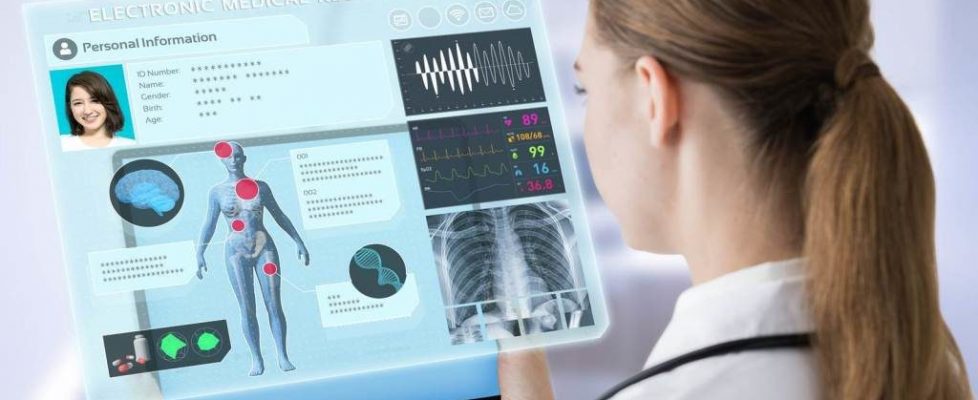RPM Will Become the Hero of Healthcare in the Next 5 Years
By Meeta Ramnani – August 23, 201943
Installing Remote Patient Monitoring comes with many challenges, but due to the benefits it provides, it will find massive usage across the globe in the coming years
Clinicians also use RPM to track medical and health-related information from their patients, to monitor and treat chronic illnesses like cardiovascular disease, diabetes, and asthma. By leveraging remote monitoring technology, healthcare organizations can improve clinical efficiency and also drastically reduce care costs.
According to the ‘Remote Patient Monitoring Market – Forecasts from 2018 to 2023’ report by ResearchAndMarkets, RPM market is predicted to reach more than $31.3 billion by the end of 2023. This is up from $15.8 billion in 2017, with an increase of over 97%.
This significant growth is due to the rise in disposable incomes and higher demand of an ageing global population. Some other factors that are driving the demand for RPM tools are government support in various countries and growing prevalence of chronic diseases with rising awareness of its benefits. Asia-Pacific is expected to witness the most significant growth over the projected period, for all the reasons cited above.
As per World Health Organization (WHO) data, in 2016, management of chronic illnesses accounted for over 75% of healthcare costs. Chronic heart diseases, strokes, and diabetes were named as the leading global causes of mortality. Healthcare providers are leveraging RPM to collect patient’s health information regularly, remotely, allowing clinicians to intervene long before patients experience life-threatening complications. The adoption of this tool is seen increasing with higher adoption of wellness trackers like FitBit, the Apple watch and medical devices like wireless ICDs and continuous glucose monitors. Standardized remote data sharing helps in improving care management and quality of life.
RPM depends on a secure and reliable internet connection for the transfer of patient information from an implanted device to the physician’s smartphone. According to hospital technology data by Definitive Healthcare, less than 25% of hospitals in the U.S. leverage mobile apps to interact and monitor patient’s health. In contrast, over 80% of hospitals use patient portal software.
Cybersecurity is also one of the primary concerns for healthcare providers, as they must abide by HIPAA data protection while transmitting patient information. Three years back, healthcare data breaches affected more than 27 million patient records, costing about $5.6 billion. Mostly healthcare IT staff does not recognize the data breach until months, endangering the confidentiality of patient data. Mobile devices are largely prone to cyber-attacks unless there are proper encryption measures in place to protect the information shared and stored in phones and iPads.
RPM can improve chronic care management, but it is not a hands-off approach. Monitoring systems are automated to track information and transmit it, but clinicians have little to sometimes, no control over the device after the initial programming. This makes patients and caregivers accountable for understanding and managing the information gathered and followed up with the care provider. Physicians must be prepared to help patients and at-home caregivers to understand the process of data collection and management for optimal utilization of the remote system.
It is also essential to train all stakeholders in remote management software in troubleshooting common problems including mobile app response issues or loss of internet access. For healthcare organization, patients must be made well aware of the security risks involved in data sharing to reduce the likelihood of data breaches before RPM tools are adopted.
The goal of RPM is to allow a partnership between care providers and patients to lower healthcare costs, improve care coordination, and reduce mortality risks.

